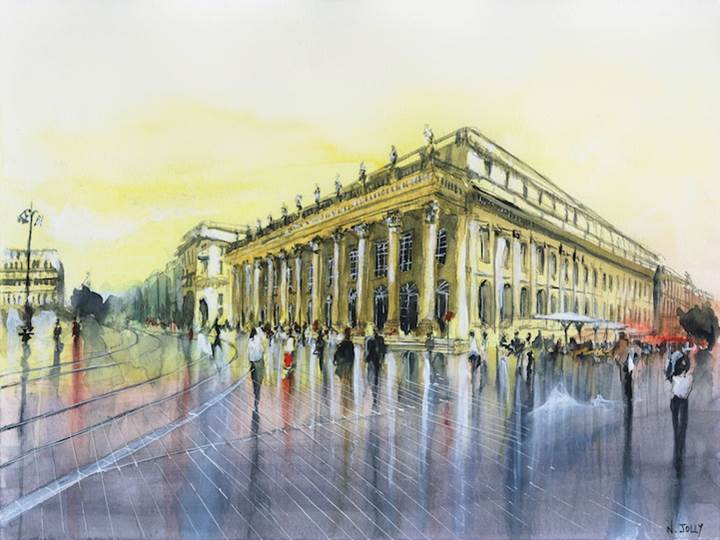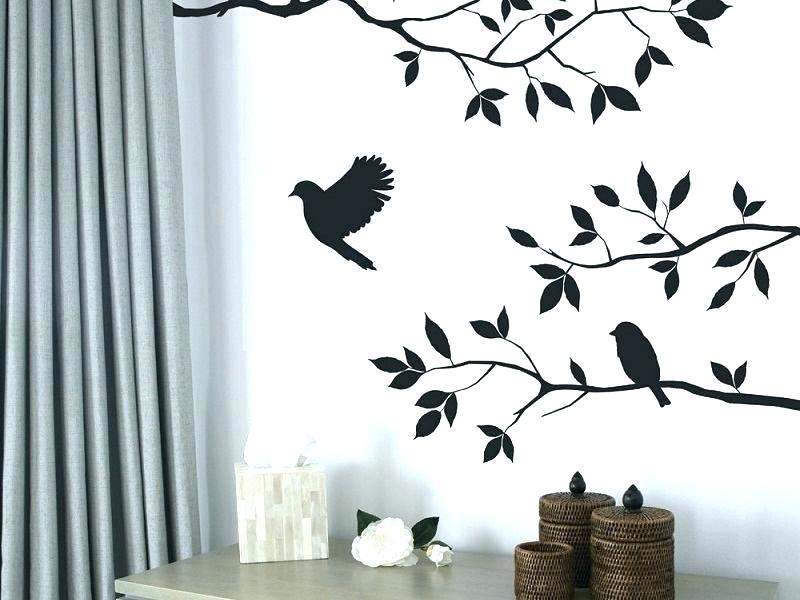
Introduction
Wall art painting architecture is a unique form of artistic expression that combines the elements of both painting and architecture. It involves creating visually appealing and thought-provoking artworks on walls, buildings, and other architectural structures. This form of art has gained immense popularity in recent years, with artists and designers using it to enhance the aesthetic appeal of various spaces. In this article, we will explore the world of wall art painting architecture and delve into its significance, techniques, and impact on the overall ambiance of a space.
The Significance of Wall Art Painting Architecture

Wall art painting architecture holds immense significance in the world of art and design. It not only adds beauty to architectural structures but also serves as a means of self-expression for artists. The artworks created through wall art painting architecture can convey powerful messages, evoke emotions, and provide a glimpse into the cultural heritage of a place. Moreover, it allows individuals to interact with art in a public space, making it accessible to a wider audience.
Techniques of Wall Art Painting Architecture

Wall art painting architecture encompasses various techniques that artists use to create stunning artworks. One of the most common techniques is mural painting, where large-scale artworks are painted directly on walls or ceilings. Artists also use stencils, spray paint, and other tools to create intricate designs and patterns. Additionally, some artists combine traditional painting techniques with digital technology to create innovative and visually captivating artworks.
The Impact on Ambiance

Wall art painting architecture has a significant impact on the ambiance of a space. It can transform a dull and ordinary wall into a vibrant and visually appealing focal point. The choice of colors, patterns, and themes in wall art painting architecture can create different moods and atmospheres. For instance, bright and bold colors can evoke a sense of energy and excitement, while softer tones can create a calm and soothing ambiance. The artwork's subject matter can also contribute to the overall ambiance, whether it be abstract designs, nature-inspired motifs, or cultural references.
Applications in Different Settings

Wall art painting architecture finds its applications in various settings, ranging from public spaces to private residences. In public spaces such as parks, plazas, and museums, wall art painting architecture can serve as a form of public art that engages and inspires the community. It can also be used to enhance the visual appeal of commercial establishments, such as restaurants, cafes, and retail stores, attracting customers and creating a unique brand identity. Moreover, in residential settings, wall art painting architecture allows homeowners to personalize their space and reflect their individual tastes and interests.
Preserving and Maintaining Wall Art Painting Architecture

Preserving and maintaining wall art painting architecture is crucial to ensure its longevity and continued impact. Various factors, such as weather conditions, pollution, and vandalism, can pose threats to the artwork's integrity. Therefore, regular inspections, cleaning, and touch-ups are necessary to keep the artworks in pristine condition. Additionally, educating the public about the value of wall art painting architecture and encouraging respect for these artworks can contribute to their preservation.
Conclusion
Wall art painting architecture is a captivating form of artistic expression that enriches architectural spaces and engages viewers. Its significance, techniques, impact on ambiance, and diverse applications make it a sought-after art form in the modern world. By preserving and maintaining these artworks, we can ensure their lasting beauty and contribution to the cultural landscape. Explore the world of wall art painting architecture and experience the transformative power it holds.